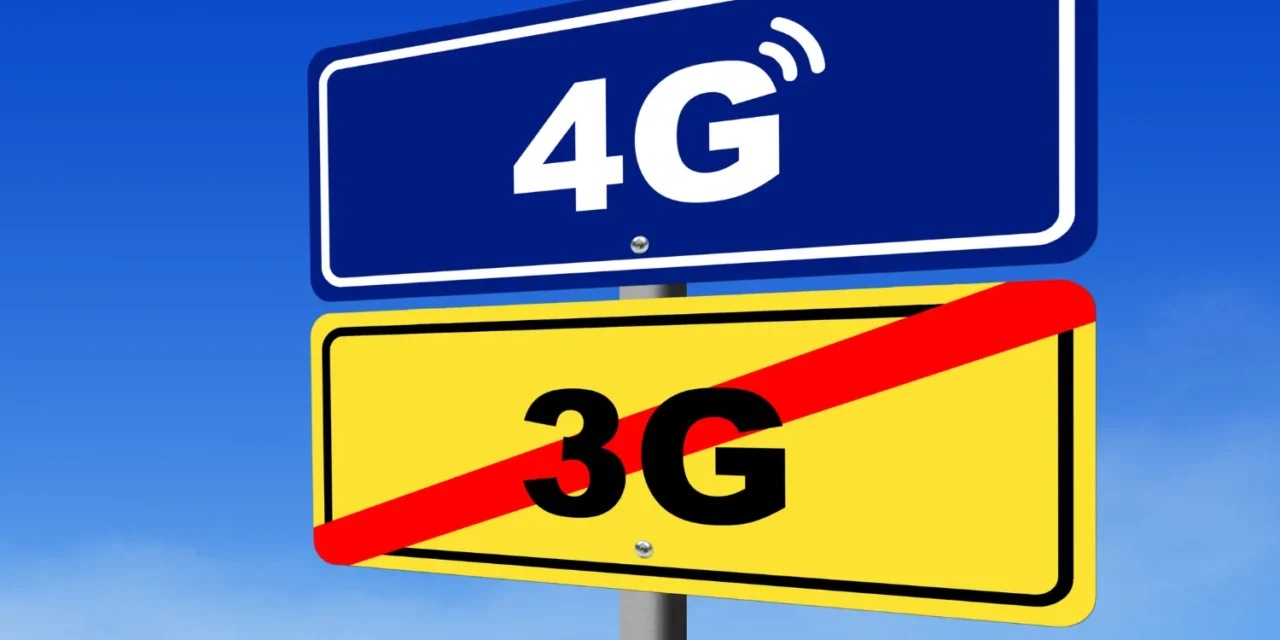The planned shut down of the 3G network has been delayed again, this time until October 28. Those with 3G devices will need to move to devices compatible with 4G and 5G networks.
Groups like the National Rural Health Alliance have welcomed the extension for rural, regional and remote communities to make sure that health is not compromised.
Susi Tegan, Alliance CEO, said “Many would risk losing access to triple-zero due to the use of older mobile phones that only support 3G networks.” She urged the Minister for Communications Michelle Rowland to make sure that those without coverage are supported financially as well as from a digital literacy perspective.
“We have highlighted on many occasions that the impact of the 3G network shutdown is amplified for people living in rural, regional and remote areas due to
the limited availability of healthcare services and the heavy reliance of 3G-enabled medical and other devices,” she said.
It is likely that thousands of people with medical devices operating on 3G could be affected when the network shuts down. This includes pacemakers, oxygen and cardiac monitors and personal and fall alarms. There are risks that the shut down could harm these people. While some government schemes like My Aged Care may provide financial support for upgrades, others could be up for significant costs.
Optus chief Michael Venter urged customers to check to see if their devices are compatible with the 4G or 5G network. Optus and Telstra are launching a public awareness campaign to drive home the safety message.
The 3G network is being shut down to provide more spectrum for 4G and 5G networks. These networks allow for more efficient and faster signals, but not all 3G devices will connect to them.
It is likely this is the last extension for the 3G network.
For more information go to the 3G shutdown site.
This article is based on a media release from the National Rural Health Alliance.











